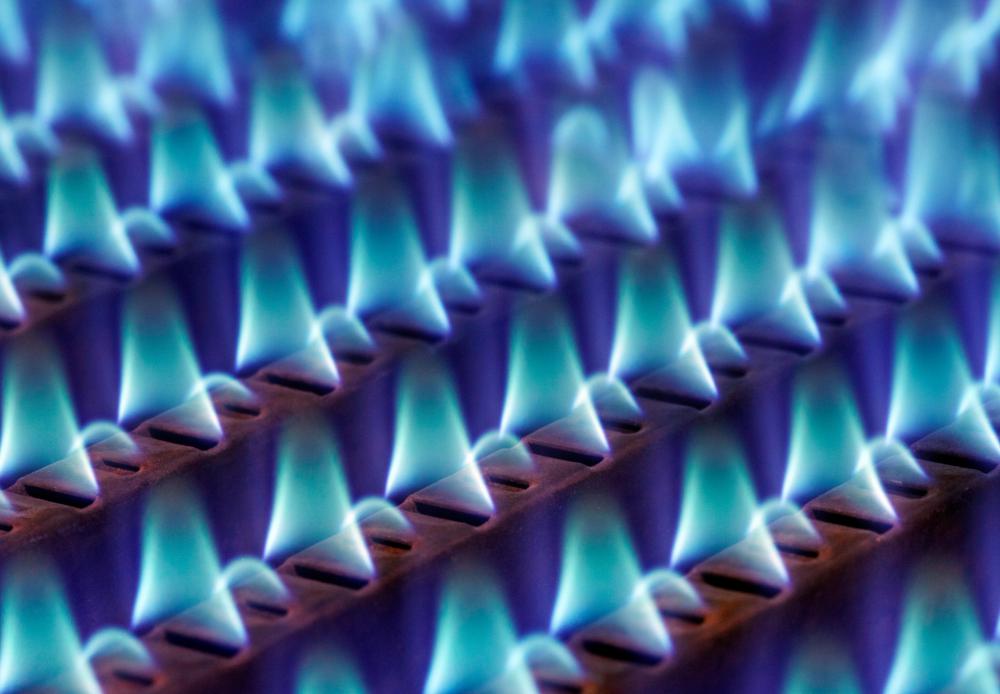At WiseGEEK, we're committed to delivering accurate, trustworthy information. Our expert-authored content is rigorously fact-checked and sourced from credible authorities. Discover how we uphold the highest standards in providing you with reliable knowledge.
What is a Gas Furnace?
A gas furnace is a heating system that uses a gaseous product as fuel to generate heat. The gaseous product that the furnace uses will vary depending on where you live. Typical choices are natural gas and propane.
Gas furnaces use a heat exchanger to warm the room air. The heat exchanger is a metal box. Inside the metal box of a gas furnace is a pilot light connected to the fuel source. The pilot light is also connected to a thermostat. This enables the homeowner to adjust the heat that the gas furnace produces without actually visiting the furnace.

When the thermostat is adjusted the fuel line opens up, allowing the pilot light to create a larger flame. This makes the inside of the heat exchanger hot. Air from the home enters the heat exchanger through the ductwork. The air is heated inside of the heat exchanger and then blows out the other side, through ductwork connected to heat registers in each room.

A gas furnace is an efficient and effective way to warm a home. While some people complain that electric heat is not warm enough, gas heat provides warmth that feels comfortable and warm. Using gas as fuel for a heating system is typically less expensive than electricity. If you question whether gas or electric heat is more expensive in your area, contact the public utility service in your area. They can provide you with the estimated cost per day to heat your home with each type of fuel. This allows you to determine for yourself which heating source is most economical.
The gas furnace is a type of forced air furnace. These types of furnaces have drawbacks as well as benefits. Because the gas furnace works by drawing air in from throughout the house and then dispersing it evenly again through the house, the home must have ductwork.
If you live in an older home that does not contain ductwork, the expense of adding it to the home can be substantial. When determining the cost of the heating system, be sure to get an estimate on the cost of adding the required ductwork to your home. This is not an area to cut costs. If your home has too few air returns or heat registers your home will not be warm.
If the home is two stories, some contractors may try to save money by adding ductwork between the two floors, making air returns on the ceiling of your first floor and the floor of your second floor. Because heat rises, this means that you may be left with a frigid first floor and an uncomfortably warm second floor.
If your home already contains ductwork, or you are able to add it for an affordable fee, a gas furnace can make an excellent choice. A new gas furnace with well-placed heat registers and air returns will make your home cozy and warm at an affordable monthly cost.
AS FEATURED ON:
AS FEATURED ON:












Discussion Comments
Thanks for sharing this important information. A gas furnace is the best for winter, and I always use a gas furnace in winter.
Post your comments